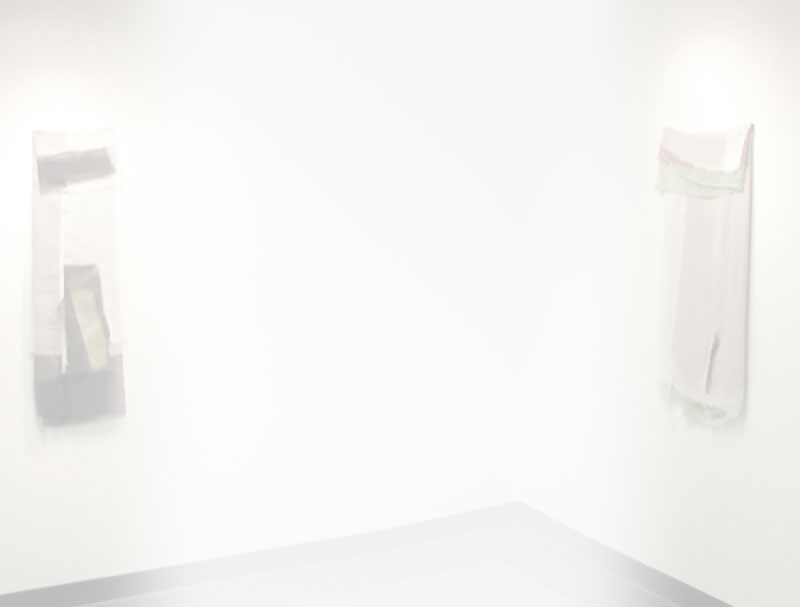
Marilu Flores Gruben's paintings and collages have appeared in Arizona State University’s survey volume, Contemporary Chicana and Chicano Art and have been discussed in The Dallas Morning News, The New York Times, and other publications in the United States and Mexico. Her work has been exhibited in galleries and museums in both countries and is in the permanent collections of various corporations and educational institutions. The painter Roger Winter included works by Flores Gruben in all four editions of his books on drawing. Flores Gruben was born in Laredo, Texas and was trained in art at Incarnate Word College in San Antonio, Texas, at the University of Texas at Austin, and at Southern Methodist University – from which she holds a master’s degree.
Reviews and Commentaries
"Blending aspects of painting and monoprinting with various fabrics, her series 'The Drowned World' explores characters from past eras of...(a) submerged town, in fanciful and elegiac tableaus."
Randall Garrett, Director, Lago Vista Gallery
"Since 1985, she has executed a series of works dealing with the popular mysticism and religious sentiments that exist in the interiors of the humble houses of Nuevo Laredo.....
In addition to home altars, she has creatively reinterpreted prison walls. In both cases---homes and prisons---she documents how the occupants have taken control of their territory. Flores Gruben combines the essence of what people leave in the interior of a space with a texture and with colors and found materials that gives her works---- a magical quality."
Dinorah Basanez, El Norte, 4 July 1993, p.1
"The violence of the flood (in the Guerrero Viejo series) is visibly realized in the floating animals that emerge from the abstract whirl of brilliant colors, in the blood red satin fabric representing the river, in the spooky images of drowning figures with arms extended, seen through billowing veils of chiffon and taffeta. The fabrics echo an age of innocence and glamour from her mother's teen years when, on the arm of her uncle and draped in her flowing gowns, she led the dance promenade at the Hotel Flores. Even seemingly bizarre and unrelated objects---such as wooden planks hammered into the middle of the paintings with scribbled amorous declarations such as 'Ruby loves Mario'---all have their function in recounting the Guerrero Viejo story."
Claudia Lowenstein, The Texas Observer, 25 April 1997, p. 25
Reviews and Commentaries
"Blending aspects of painting and monoprinting with various fabrics, her series 'The Drowned World' explores characters from past eras of...(a) submerged town, in fanciful and elegiac tableaus."
Randall Garrett, Director, Lago Vista Gallery
"Since 1985, she has executed a series of works dealing with the popular mysticism and religious sentiments that exist in the interiors of the humble houses of Nuevo Laredo.....
In addition to home altars, she has creatively reinterpreted prison walls. In both cases---homes and prisons---she documents how the occupants have taken control of their territory. Flores Gruben combines the essence of what people leave in the interior of a space with a texture and with colors and found materials that gives her works---- a magical quality."
Dinorah Basanez, El Norte, 4 July 1993, p.1
"The violence of the flood (in the Guerrero Viejo series) is visibly realized in the floating animals that emerge from the abstract whirl of brilliant colors, in the blood red satin fabric representing the river, in the spooky images of drowning figures with arms extended, seen through billowing veils of chiffon and taffeta. The fabrics echo an age of innocence and glamour from her mother's teen years when, on the arm of her uncle and draped in her flowing gowns, she led the dance promenade at the Hotel Flores. Even seemingly bizarre and unrelated objects---such as wooden planks hammered into the middle of the paintings with scribbled amorous declarations such as 'Ruby loves Mario'---all have their function in recounting the Guerrero Viejo story."
Claudia Lowenstein, The Texas Observer, 25 April 1997, p. 25

